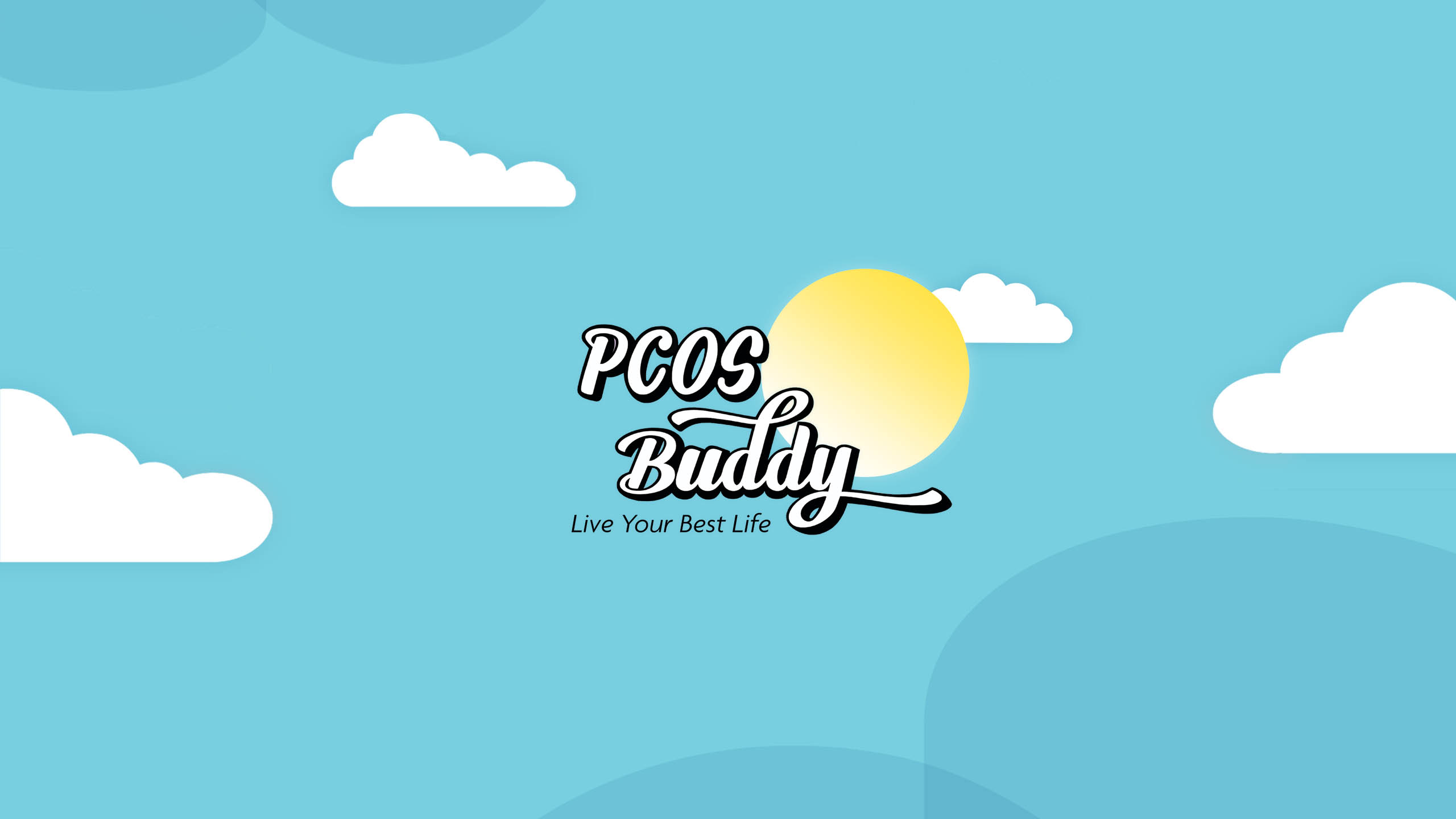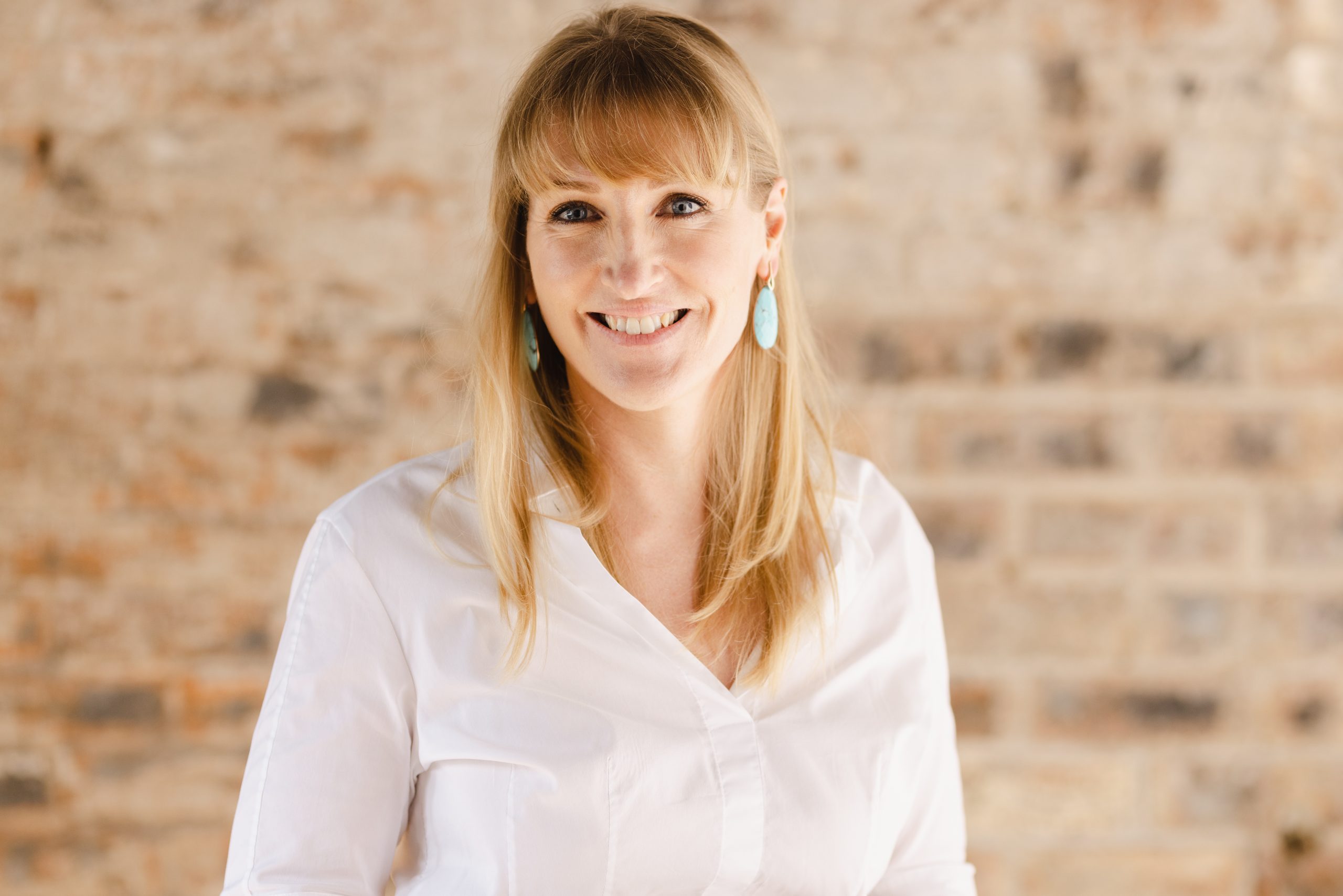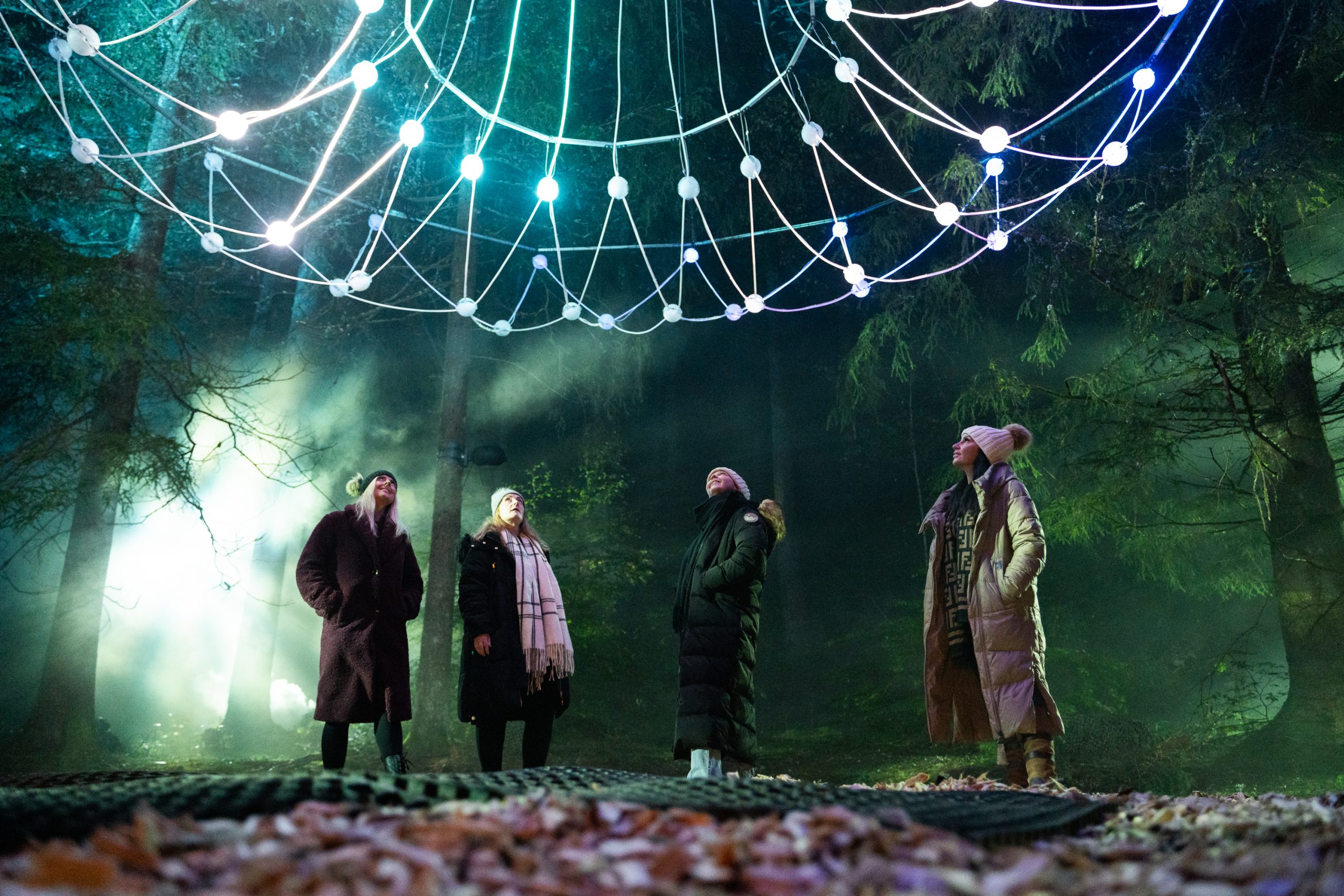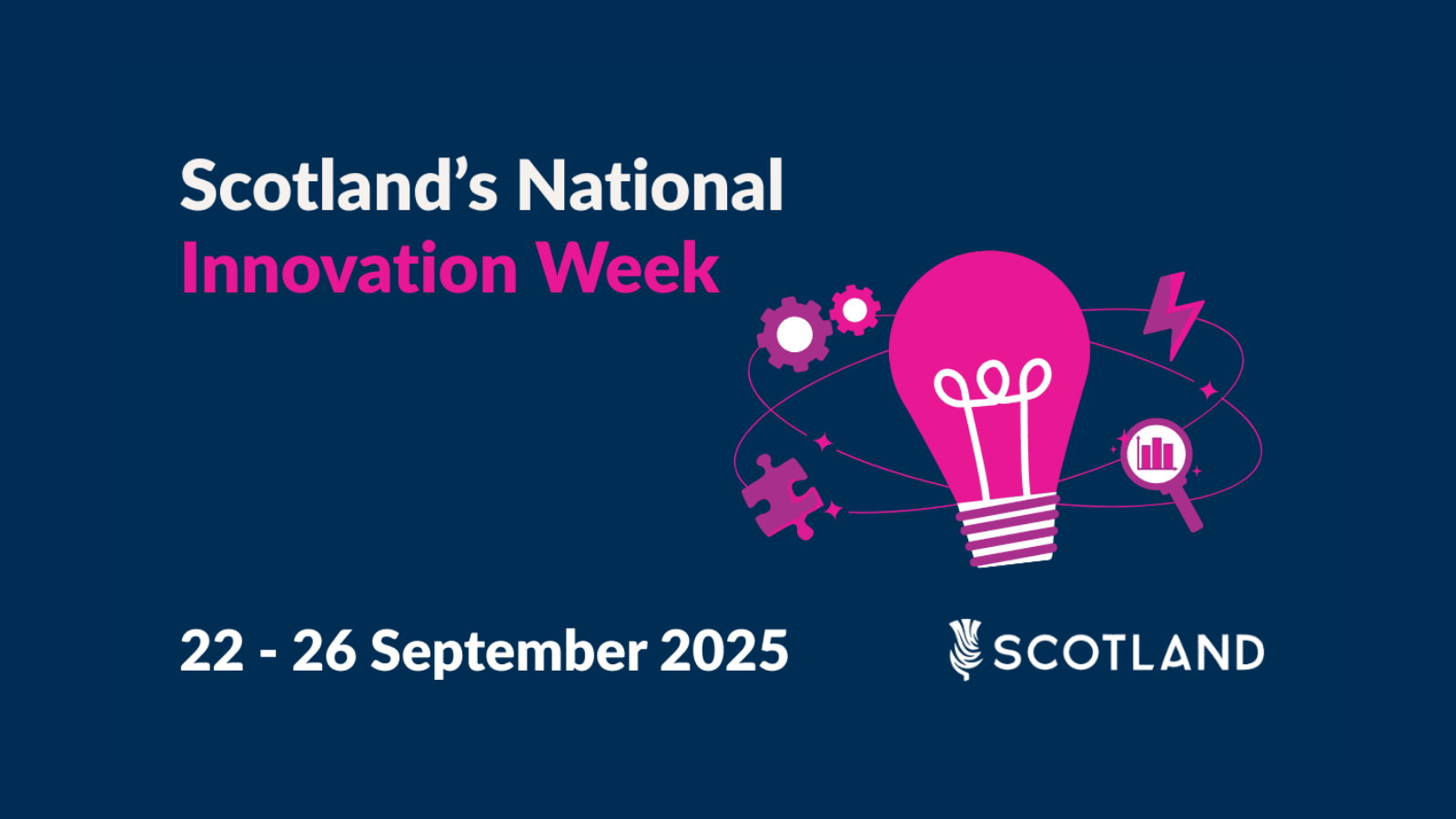Blog
The art of knowledge exchange

This year, I have visited the National Museum of Modern and Contemporary Art (Seoul), Van Gogh Museum (Amsterdam), Musée D’Orsay (Paris) and the National Museums Scotland (Edinburgh). Whilst I make visiting art galleries and museums part of most holidays, I haven’t physically been to these cultural destinations in 2025 – they’ve all been virtual trips, allowing me to dip into the incredible collections on offer and whetting my appetite to visit in person one day.
Museums and galleries around the world closed their doors to the public overnight as the Covid 19 pandemic forced lockdowns around the globe. With no time for planning for such a dramatic turn of events, many museums quickly realised that they could continue to offer visitors an insight into their collections, remaining “open” virtually by creating platforms to share their collections. The demand for information about items in collections and virtual museum visits was strong as people had the time to explore and research attractions as they planned future trips when lockdown was lifted.
And although I should make it to the National Museums of Scotland very soon, the other destinations may take a bit more time and planning – so in the meantime I am regularly accessing daily updates and information on artworks through the Smartify app. This ingenious app quenches my thirst for art and culture as well as giving me background knowledge of paintings and sculptures for when I do get to see them in the flesh. If I want inspiration or information, it’s my “go to” place.
Interface has helped Smartify develop its app (which features many of the world’s greatest museums and galleries) by finding academic expertise at the University of the West of Scotland and through funding to enable the company to establish a foothold in Scotland.
The other development which is gaining momentum is immersive exhibitions about artists, which are proving to be a big hit with all age groups (Van Gogh, Frida Kahlo, Monet and David Hockney, to name a few). I may not have made it to the Van Gogh Museum yet, but I have immersed myself in his art, coupled with classical music, in an impressive pop-up touring exhibition when it arrived in Scotland.
Virtual Reality (VR), Augmented Reality (AR) and Mixed Reality (ER) technologies – collectively Extended Reality (XR) – have been, and continue to be, game-changers for cultural destinations in more ways than one.
Research by the University of Glasgow has shown that there is still strong public enthusiasm for digital experiences, including virtual experiences worldwide.
The research, by the Museums in the Metaverse team, estimates that greater than 90% of museum collections are in storage at any one time, and can usually only be seen by appointment, limiting their accessibility.
The beauty of the virtual world is that visitors can enjoy extraordinary access to museum collections, in a manner that would be impossible, impractical, and even dangerous in a real-world museum. They can look at items in their own time, turning them around, peering at their undersides and studying them in incredible detail. Visitors want that closer interaction with individual pieces. And collections which have been dispersed to different galleries, and even countries, can be brought back together under one website, putting the artefacts back in their original setting through VR and enabling visitors to see how they looked.
Through their Museums in the Metaverse project, the University of Glasgow are developing an XR platform for cultural heritage collections and exploring how it can transform access to museum objects currently held in storage and also enable and catalyse novel and unusual curation in virtual environments.
One of the first in line to try out the platform’s capabilities was Stephen Preston, Deputy Head of Heritage and Culture at St Giles’ Cathedral, who was involved in a collaboration with the University to develop a new interactive video game, available to play live in the Cathedral or on its website. It has seen 1,000 playthroughs a month since launching last summer, and the recently added new Explorer Mode has enhanced storytelling by volunteer guides at the Cathedral, who are now able to share key historical moments and architectural evolutions from the game with visitors, via tablet devices.
Stephen said: “When I initially heard of Museums in the Metaverse (MiM), I thought it would be a great way of sharing objects that were hidden away in storage. After forty minutes of testing, I think differently.
“What is a Geoprecessional Top? I’m still not 100% sure, but I know what it looks like from underneath – an experience a museum could not have offered. Joking aside, Museums in the Metaverse allow objects to be ‘handled’ in ways that aren’t currently possible. For instance, enlarging Lord Kelvin’s tuning fork to ten times its usual size (without losing definition) allowed me to analyse an item that I might have otherwise glanced at for just a few seconds.
“While interacting with these objects might seem like a novelty, the ability to provide context to these items highlights the unique attribute of XR – we can create things that are alternative realities. For example, a screen (reredos for church enthusiasts) in the National Museum of Scotland was taken out of St Giles’ in the last century. Even after working here for years, it’s hard to imagine it being in the Cathedral. But with Museums in the Metaverse, we can place it back inside St Giles’ and restore its context. Imagine how much more real that makes the object feel to a visitor. Picture experiencing that through VR, then visiting the museum and being able to visualise the screen in St Giles’ with much more clarity.
“There is still work to be done on MiM, but there is so much scope with the project that our industry has a duty to get involved, so I would encourage you to do so.”
Professor Murray Pittock, Co-investigator of Museums in the Metaverse, said: “This research, funded by a two-phase £6.25M Innovate UK award, has been termed “world leading” and “stellar” by leading figures in the field. It will enable us to understand the business and visitor prospects of XR for a new generation.”
So, whether you are a culture vulture or work in tourism, there’s a whole world of smart art to explore – and Interface is excited to be part of the discovery. For more information please visit our website https://interface-online.org.uk/what-to-expect/
*Thanks also to Fergus Bruce, Lead Researcher, Museums in the Metaverse, for contributing to this article.
Photo above by Martin Shields.



